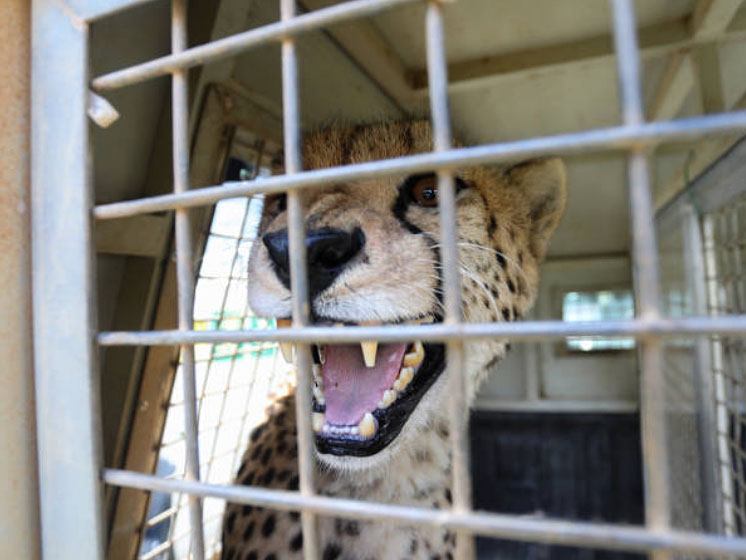Protecting and expanding vulnerable cheetah populations within the Horn of Africa through the gathering of baseline data and individual ID, so that the appropriate management, crime prevention, community engagement and mitigation measures can be identified and implemented.
There are estimated to be only around 7000 cheetahs left in the wild and these are found in scattered populations across the African continent and with a very small population also being found in Iran. The Horn of Africa is thought to hold an important, while as yet, un-surveyed population of the Northeast African sub-species of cheetah (Acinonyx jubatus soemmeringii). However, illegal wildlife trade through the Horn of Africa is reported to be moving around 300 cheetah cubs per year into the Arabian Peninsula. The majority of the animals entering the illegal trade are sourced in Somaliland, Somalia and the Somali, Afar and Oromia regions of Ethiopia.
The Cheetah Range Mapping and Individual ID Pilot Program has the potential to significantly increase scientific knowledge about cheetahs in the region and will describe significant and viable cheetah populations currently unrecognized by international experts. The project has the potential to bring additional attention and funding into the HoA region that is desperately needed to save the remaining critically important cheetah populations living in the wild.
Absence of data about cheetah ranges and cheetah populations in the Horn of Africa make further interventions leading towards the preservation and conservation of cheetahs in the wild extremely difficult.

For more information, please reach out to: [email protected]